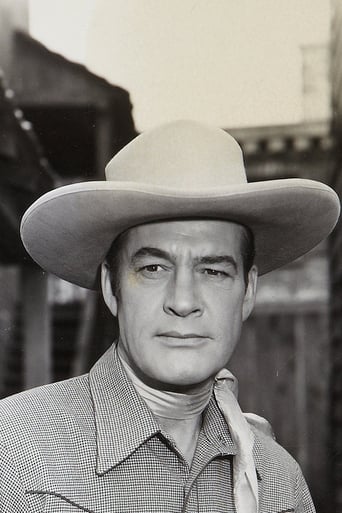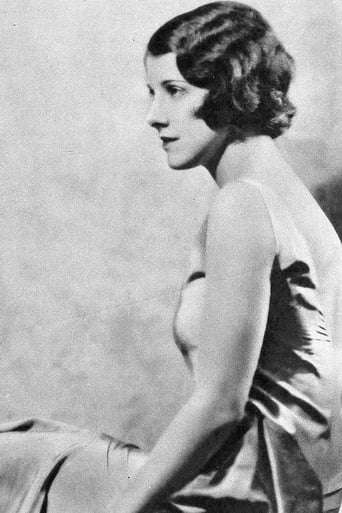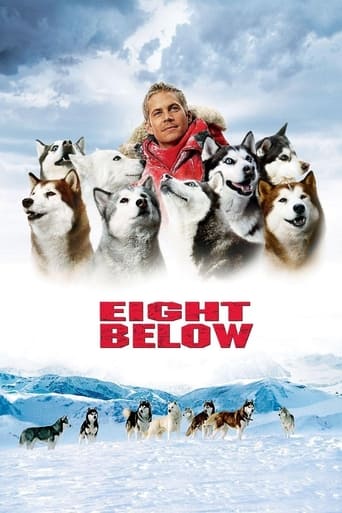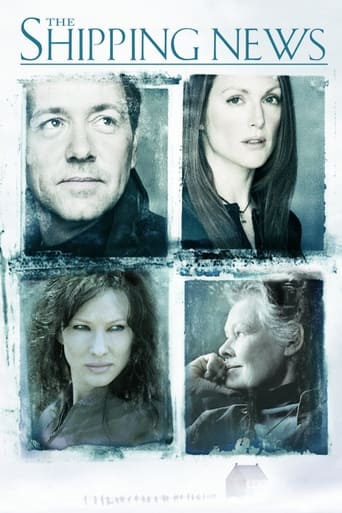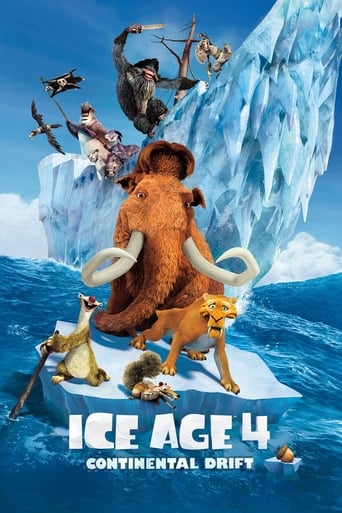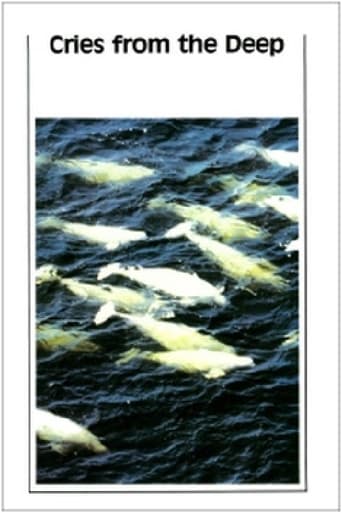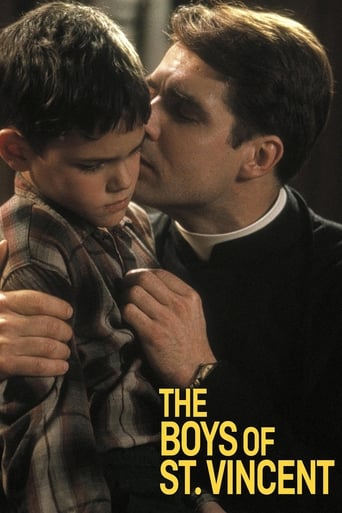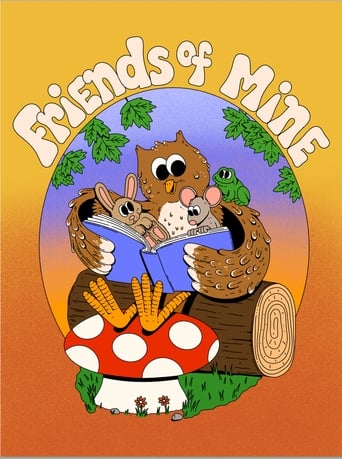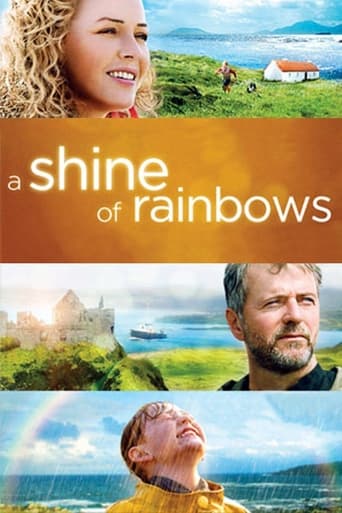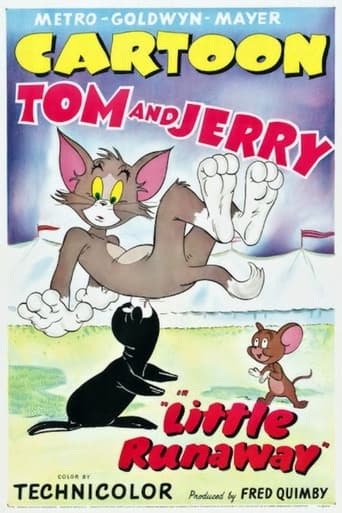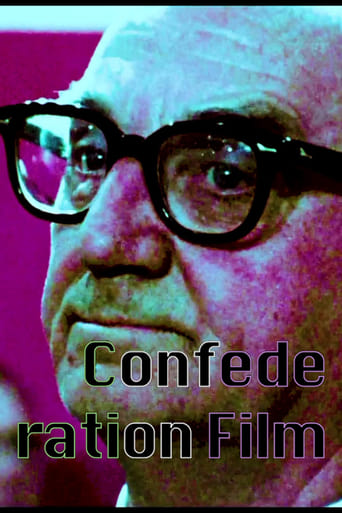
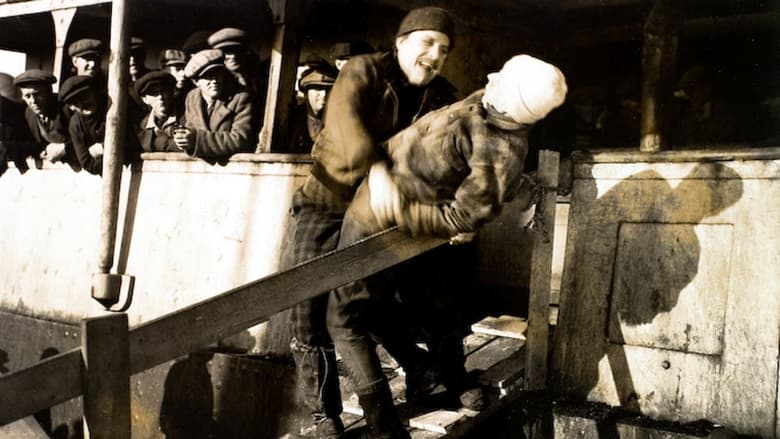
The Viking (1931)
Originally called White Thunder, American producer Varick Frissell's 1931 film was inspired by his love for the Canadian Arctic Circle. Set in a beautifully black-and-white filmed Newfoundland, it is the story of a rivalry between two seal hunters that plays out on the ice floes during a hunt. Unsatisfied with the first cut, Frissell arranged for the crew to accompany an actual Newfoundland seal hunt on The SS Viking, on which an explosion of dynamite (carried regularly at the time on Arctic ships to combat ice jams) killed many members of the crew, including Frissell. The film was renamed in honor of the dead.
Watch Trailer
Cast


Similar titles
Reviews
Pretty Good
Expected more
After playing with our expectations, this turns out to be a very different sort of film.
It really made me laugh, but for some moments I was tearing up because I could relate so much.
The Viking is a black and white movie that explains how sealers live their lives. It is based in Newfoundland, which at the time of the filming, was not yet part of Canada, but now is. The movie has features of the Metropolis in the machine-like efficiency of the men who were sealers. There was an authenticity to the movie and the filming. The wooden vessel, the snow and ice formations and the ropes that were used had such terror and fear to them, that these aspects automatically added to the tension and suspense in the movie. Somehow I found the mood of this movie to remind me of two other films, one was Citizen Kane and the other was The Crow. With reference to Citizen Kane, the black and white film sequences captured a doomed man and in a sense that is what The Viking did as well. Second, in the movie The Crow, which has something magical about it - like The Viking, which had superstition wrapped around it - both movies (on a different scale) had death. This death feeling lingers - and it creates something very otherworldly. This darkness seems to lure an audience and it also stamps and seals the movie and puts movies into a new dimension - almost like a genre of it's own. It is like movies like The Crow and The Viking become Existential stories and time-sealed into something very true to the human entrepreneurial spirit, the pioneer spirit. It encapsulates the passion of human drive to succeed and create the best film ever - even if it entails death. This human passion is both a positive and a negative quality and I believe it is in this element that creates, what I will call Element movies: movies one step above the rest.
"The Viking" is a very important movie. It was, according to IMDb, the first Canadian* talking picture. It also has the infamous distinction of having the most crew members killed in the production of the film! Apart from all this, it has lots of amazing footage of the frozen North. However, unfortunately, it also is an incredibly dull film and is very dated--particularly when it comes to the sound quality.The film begins with Luke (Charles Starrett) being discovered by Jed (Arther Vinton) freezing to death in the snow, so he brings Luke back to town and saves him. However, soon the film looks like a Popeye cartoon**, as both guys want the same girl and Jed sure looks and acts a lot like Bluto! So, when the two guys go off to sea later on a sea hunting expedition***, you KNOW that sooner or later, the pair will end up beating the snot out of each other to win the hand of Mary Joe. Unfortunately, in the interim, there is snow, snow, snow and more snow--as well as footage of the expedition. It's MILDLY interesting from a historical standpoint but dramatically, it's deadly dull. How will it all end? And, more importantly, will you even care?! I sure know I didn't. And, it's a shame so many people died to make such a dull film.*Although the production was Canadian and it was filmed in Canada, it's odd that all three of the leads were Americans.**Yes, I know that the first Popeye cartoon did not appear until two years later. It just SEEMED a lot like Popeye and I think having Luke pop out a can of spinach and wailing on Jed would have been a billion times better than the way the film really went.***Yes, seal hunting isn't politically correct and PETA-types will no doubt be offended. But it was 1931, dang it!
Viking, The (1931) *** (out of 4)This 1931 film has the unfortunate legacy of being the deadliest movie ever film as on March 15, 1931 director Frissell, cinematographer Alexander Penrod and twenty-five other members of the crew were killed when an explosion happened on the boat they were filming on. This tragedy certainly hangs a dark shadow over the film but apparently everyone knew the danger they were taking by trying to show the "real" world of sealers. Luke (Charles Starrett) and Jed (Arthur Vinton) are enemies in love with the same woman (Louise Huntington) but the men find themselves working on the S.S. Viking off the coasts of Newfoundland as seal season is among them. The two remain enemies until a major storm separates them from the boat and the rest of the men and they seem to be facing certain death. This film runs a rather brief 72-minutes and six minutes of that footage is an added forward talking about the tragedy that struck the film. This was the first sound movie from Canada so it's to be expected that the sound quality is rather poor and the love triangle is nothing we haven't seen countless times before but with that said, I was rather shocked to see how entertaining this film was. What makes this film a must see is the amazing footage of Newfoundland, which includes the ship breaking through the ice, hundreds of men trying to pull the ship through ice, a rather amazing sequence of the men walking through the ice floes and even more incredible a scene with the men going up and down as they walk on these floes trying to get back to their ship. This footage is so incredible that you'll sadly be reminded or at least thinking that there's no wonder something tragic happened. Again, from what I've read everyone knew this voyage was going to be dangerous and many would say that the men died delivering what they wanted and I don't think anyone could question the amazing footage that this film has. This type of frozen adventure has been seen in recent shows and documentaries but this here is amazing stuff and easily holds up against anything that would be filmed today. The performances by the three leads isn't anything too special and some of the cinematography is in rough shape but this is certainly to be expected considering the conditions that they were filming in. The film is short enough where the plot and the somewhat bad ending doesn't hurt things too much but I think most people are going to come to this film due to the tragedy but they should also give this film more respect for what we do get to see.
As the first Canadian sound film, "The Viking", is one of the most important films in the history of Canadian Cinema. That's kind of ironic considering that it was shot in Newfoundland (then owned by Britain) with an American cast and an American crew. Sure the producer, writer, and co-director Varick Frissell spent a lot of time in Canada, but he was still an American. So why does this film feel so Canadian? Well it's badly acted, thinly plotted, yet beautifully photographed. What could be more Canadian than that? Ok, ok not all Canadian films are that bad, but "The Viking is". That's not Frissell's fault, he fought to keep out the love/jealousy story that ruins the film. But all joking aside, I think the reason "The Viking" feels so Canadian (even to us Canadians) is unfortunately because it has all the stereotypes of our country that American audiences expect: cold, barren landscapes, lots of snow, and rugged, but jovial people. "The Viking" is kind of a testament the hold America has over us. Even though we know that Canada is not like that all year round, we buy into the fact when we see it on the screen. Although Newfoundland winters are exactly as shown in the movie, (American) audiences will not understand that it is only in the winter time when things look like this. The film can't be faulted entirely though. Like I mentioned before, it is stunningly photographed, and without the current story, and with more emphasis on the seal hunting (the way Frissell intended), it could have been a very good film. One that I would have been glad to call Canadian no matter where it came from.


